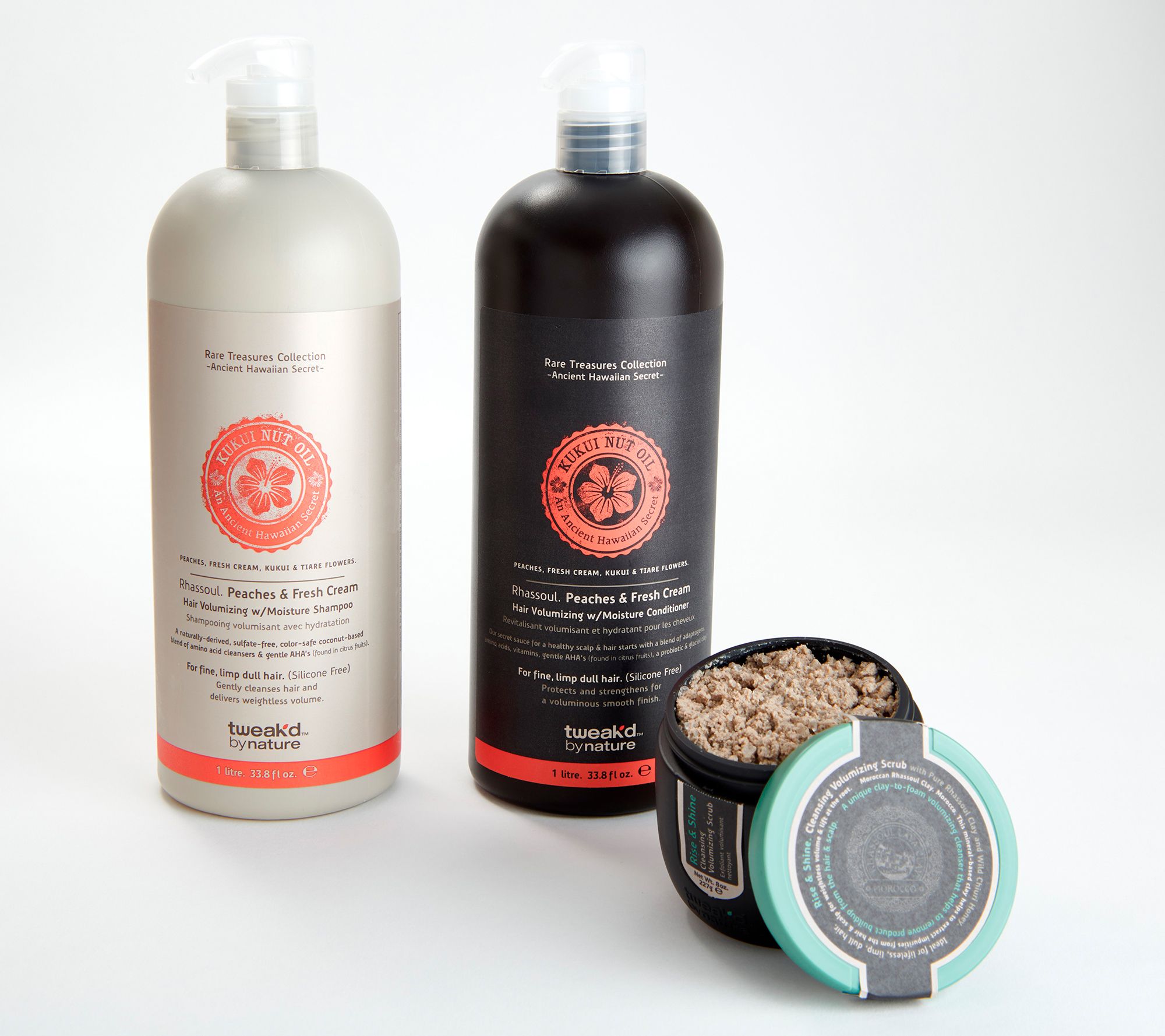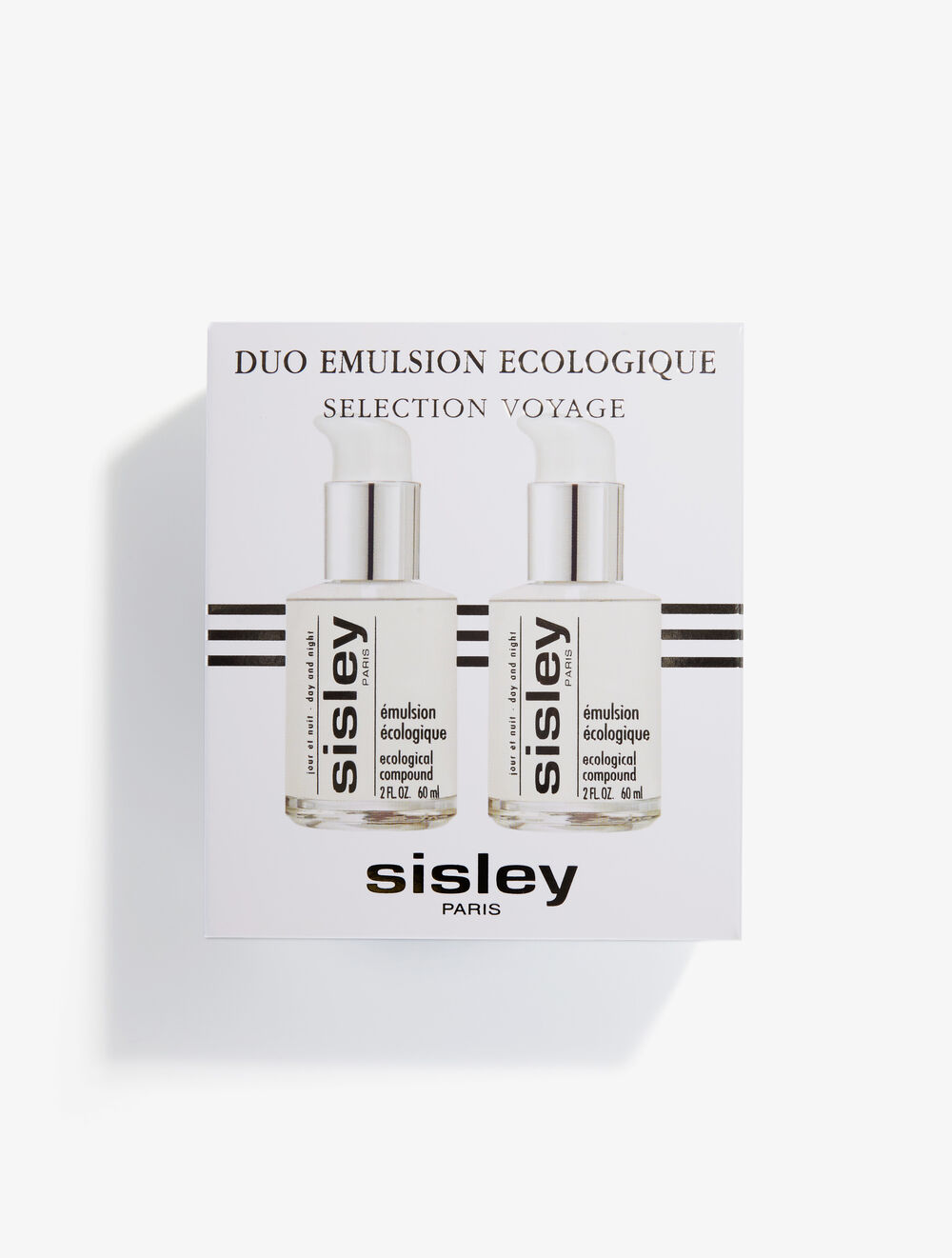Olga Lorencin Skin Care Lactic Acid Hydrating Serum (1 fl. oz.) – Dermstore
-
( 6 Reviews )Rated 5.00 out of 5 based on 6 customer ratings06
A hydrating serum that refines pores and diminishes the appearance of fine lines.
-
Tweak’d by Nature Shampoo, Conditioner & Scrub 3pc Kit
Rated 5.00 out of 503Tweak’d by Nature Shampoo, Conditioner & Scrub 3pc Kit
Rated 5.00 out of 503 -
Ecological Compound Duo – Sisley Paris
Rated 4.00 out of 502Ecological Compound Duo – Sisley Paris
Rated 4.00 out of 502 -
PEACH & LILY Glass Skin Refining Serum
Rated 4.88 out of 508PEACH & LILY Glass Skin Refining Serum
Rated 4.88 out of 508 -
$9.59
$10.99
Olga Lorencin Skin Care Lactic Acid Hydrating Serum acts as your all-in-one solution to clearer, more hydrated skin. Powerhouse acids, lactic and glycolic, decongest pores, reducing their appearance, while whisking away dead dermal cells to smooth the texture of your skin and enhance clarity.
Key Ingredients:
- Lactic Acid: exfoliates while hydrates; promotes cell turnover, even for most sensitive skin types
- Glycolic Acid: exfoliates and reduces the appearance of fine lines and superficial wrinkles; aids in the appearance of lightening and pigmentation control
- Malic Acid: reduces the appearance of wrinkles; decreases blemishes; smooths and softens skin texture
- Strontium Nitrate: alleviates stinging, burning and itching
Key Benefits:
- Clearer skin
- Refined, minimized pores
- Reduced appearance of wrinkles and fine lines
- Brighter, firmer complexion
Tips: Can be used alone as a hydrator for oilier complexions, or under moisturizer for normal to dry skin. For dry or mature skin, mix equal parts Lactic Acid Hydrating Serum with Reparative Nutrient Serum for deeper hydration and anti-aging benefits.
Additional information
| Skin Care Treatments | Face Serums |
|---|---|
| Ideal for these Concerns | Sun Damage, Puffiness, Hyperpigmentation, Free Radical Damage, Acne, Large Pores, Aging Skin, Dryness and Dehydration, Oiliness, Fine Lines and Wrinkles, Loss of Firmness |
| Ideal for these Skin Types | Acne-Prone Skin, Mature Skin, Sensitive Skin, Normal Skin, Combination Skin, Dry Skin, Oily Skin |
| Key Ingredient(s) | Glycolic Acid, Lactic Acid, Aloe Vera, Malic Acid |
| Application Area | Neck, Face |






by Amanda
I first learned about this product from a Halle Berry Instagram video on her beauty routine. I have been using, and it’s time for me to buy more 🙂
by Kenneth
You start to see results quickly and it feels so good going on! I’ve only been using it for a week so far but I am pleased overall.
by Pat
I love this product it work perfectly. My skin feel so smooth. Pores aren’t visible. Acne disappeared quickly.
by Linda
Luv how my skin feels and looks when I wake up in the morning & through out the day.
by Janet
This is great for oily skin. Hydrates just enough to keep me from becoming an oil slick, even in humid weather. Did not break me out at all either. Double win! Not scented that I noticed, which is great.
by Michelle
I bought this after watching a video of Halle Berry‘s skin care routine and apparently she swears by this stuff and has used it for many years. I wish it wasn’t so pricey because I really love it! It says to use 2-3 pumps, so I use 2 with hopes of it lasting as long as possible. Amazing moisture and a slight tingle when I first put it on.